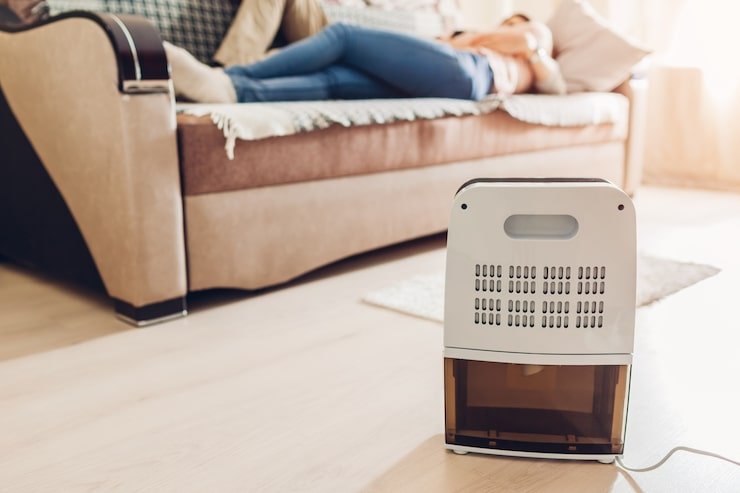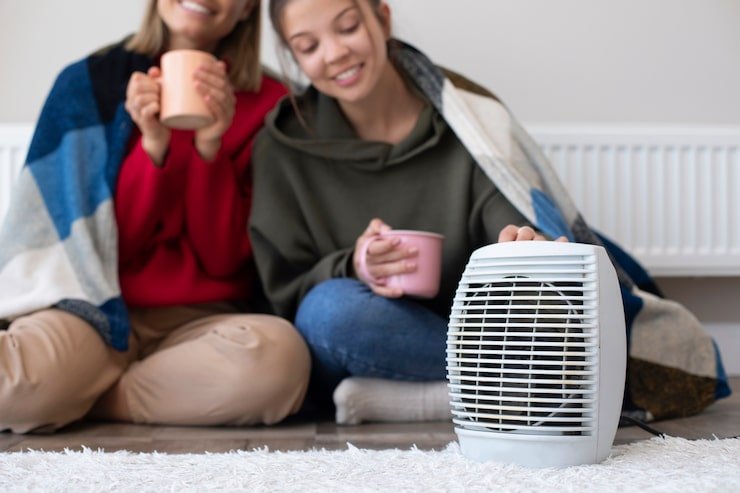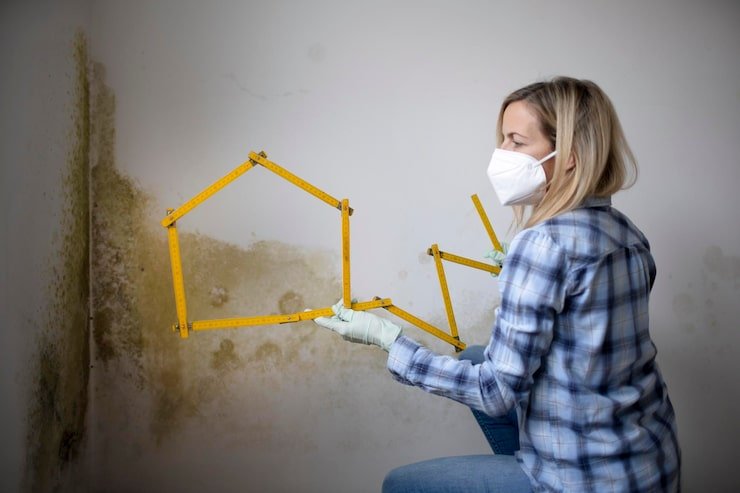Top Causes of Poor Indoor Air Quality and How to Fix Them
- admin323029
- Blog

When we think of pollution, our minds often go to traffic-clogged highways or smokestacks. But the truth is, some of the worst air you breathe could be inside your own home. Poor indoor air quality isn’t just uncomfortable—it can affect your family’s health in serious ways. Whether you live near Lynn Fells Parkway in Melrose or anywhere else, understanding the causes of indoor air pollution and how to fix them is essential.
This guide will break down the most common sources of indoor air contamination and show how Air Quality Testing can identify problems before they affect your loved ones.
What Is Indoor Air Quality?
Indoor air quality (IAQ) refers to the cleanliness and safety of the air inside buildings. According to the EPA, poor IAQ has been linked to respiratory illnesses, allergies, and even long-term health issues. With many families spending 90% or more of their time indoors, the importance of clean indoor air can’t be overstated.
H2: Air Quality Testing: Your First Step to a Healthier Home
Before diving into the causes, let’s talk about Air Quality Testing. This process involves using specialized tools to measure pollutants like mold spores, carbon monoxide, VOCs (volatile organic compounds), radon, and dust particles.
In Melrose, especially near areas like Lynn Fells Parkway, local environmental factors can influence your indoor air quality. Conducting Air Quality Testing is the most effective way to know exactly what you’re dealing with—so you can take action.
1. Poor Ventilation
One of the top causes of poor indoor air quality is inadequate ventilation. When your home doesn’t “breathe,” pollutants like carbon dioxide, cooking fumes, and off-gassed chemicals accumulate.
Solutions:
-
Use exhaust fans in bathrooms and kitchens.
-
Keep windows open when possible, especially in mild weather.
-
Install a whole-house ventilation system for continuous air exchange.
If you’re unsure about airflow efficiency in your home near Lynn Fells Parkway, Melrose, a professional Air Quality Testing service can detect if your ventilation system needs improvement.
2. Household Cleaning Products
Many cleaning products contain harmful chemicals like ammonia and bleach that release VOCs into the air. Ironically, your effort to keep your home clean could be contributing to indoor pollution.
Solutions:
-
Switch to natural or non-toxic cleaning supplies.
-
Store chemicals away from living areas.
-
Always ventilate rooms during and after cleaning.
3. Mold and Mildew
Moisture problems can quickly lead to mold growth, especially in basements, bathrooms, and around leaky windows. Mold spores are a major trigger for allergies and asthma.
Solutions:
-
Fix any leaks promptly.
-
Use dehumidifiers in damp areas.
-
Consider Air Quality Testing to check for hidden mold in walls or HVAC systems.
4. Pet Dander and Hair
We love our pets, but their dander (tiny skin flakes) and hair can become a significant allergen in indoor spaces. Even with frequent cleaning, these particles linger in carpets, upholstery, and HVAC filters.
Solutions:
-
Brush pets regularly and bathe them monthly.
-
Use HEPA filters in your vacuum and HVAC system.
-
Have your air ducts cleaned periodically.
If you’ve noticed allergy symptoms worsening in your Melrose home, Air Quality Testing can identify if pet dander is part of the problem.
5. Tobacco Smoke
Tobacco smoke is a major pollutant that releases over 7,000 chemicals into your indoor air. Secondhand smoke has been linked to cancer, respiratory issues, and heart disease.
Solutions:
-
Ban smoking inside your home.
-
Air out rooms where smoking has occurred.
-
Use air purifiers to remove lingering particles.
6. Building Materials and Furniture
New carpets, pressed-wood furniture, and freshly painted walls can all release harmful VOCs. These materials continue to emit pollutants for months or even years after installation.
Solutions:
-
Choose low-VOC or VOC-free paints and furniture.
-
Let new items off-gas outdoors or in a well-ventilated area.
-
Use Air Quality Testing after major renovations to ensure a safe environment.
7. Cooking Fumes and Gas Appliances
Cooking, especially on gas stoves, releases nitrogen dioxide and fine particles into the air. Without proper ventilation, these pollutants build up quickly.
Solutions:
-
Always use a range hood or exhaust fan while cooking.
-
Keep your gas appliances serviced regularly.
-
Open windows or doors during and after meal prep.
8. Dust and Dust Mites
Dust is more than a housekeeping annoyance. It contains dead skin cells, pollen, mold spores, and microscopic pests called dust mites—all of which can irritate your lungs and sinuses.
Solutions:
-
Clean surfaces and vacuum carpets weekly.
-
Wash bedding in hot water regularly.
-
Use an air purifier with a HEPA filter.
Why You Should Test Your Indoor Air Now
If you live in Melrose near Lynn Fells Parkway, consider this: tree pollen, humidity from nearby green spaces, and older homes with aging HVAC systems can make your indoor air worse than you think.
Air Quality Testing is not just for when you feel sick—it’s a proactive step for every homeowner. Testing gives you peace of mind and helps you choose the right solutions for your family’s well-being.
Final Thoughts: Breathe Easier Starting Today
Your home should be a place of comfort—not a source of unseen health hazards. By identifying the causes of poor indoor air quality and taking simple, effective actions, you can make a huge difference.
Air Quality Testing offers the clarity you need to protect your family and maintain a healthy, safe living space.
Ready to take control of your indoor environment? Schedule your Air Quality Testing today with our Melrose-based team and start breathing easier tomorrow.
FAQs: Air Quality Testing & Indoor Pollution
1. What is air quality testing, and why is it important for my home?
Air Quality Testing measures pollutants like mold, carbon monoxide, and VOCs. It helps detect invisible risks affecting your indoor air and family’s health.
2. How often should I get air quality testing in Melrose, MA?
Experts recommend testing once every 1-2 years, especially in older homes or if you live near high-traffic areas like Lynn Fells Parkway.
3. Can air quality testing detect mold behind walls?
Yes, modern Air Quality Testing can detect mold spores in the air, which may point to hidden mold in walls, ceilings, or HVAC systems.
4. Is indoor air really worse than outdoor air?
In many cases, yes. According to the EPA, indoor air can be 2–5 times more polluted than outdoor air due to poor ventilation and accumulated toxins.
5. Will fixing ventilation help with all indoor air problems?
Improved ventilation is a great first step, but Air Quality Testing can show whether you need additional fixes like air purifiers or dehumidifiers.
Are you worried about the cleanliness of your space?
Let us help you! Cleaning services are our specialty, and we offer a complete range of cleaning and maintenance services. Get a free estimate!




